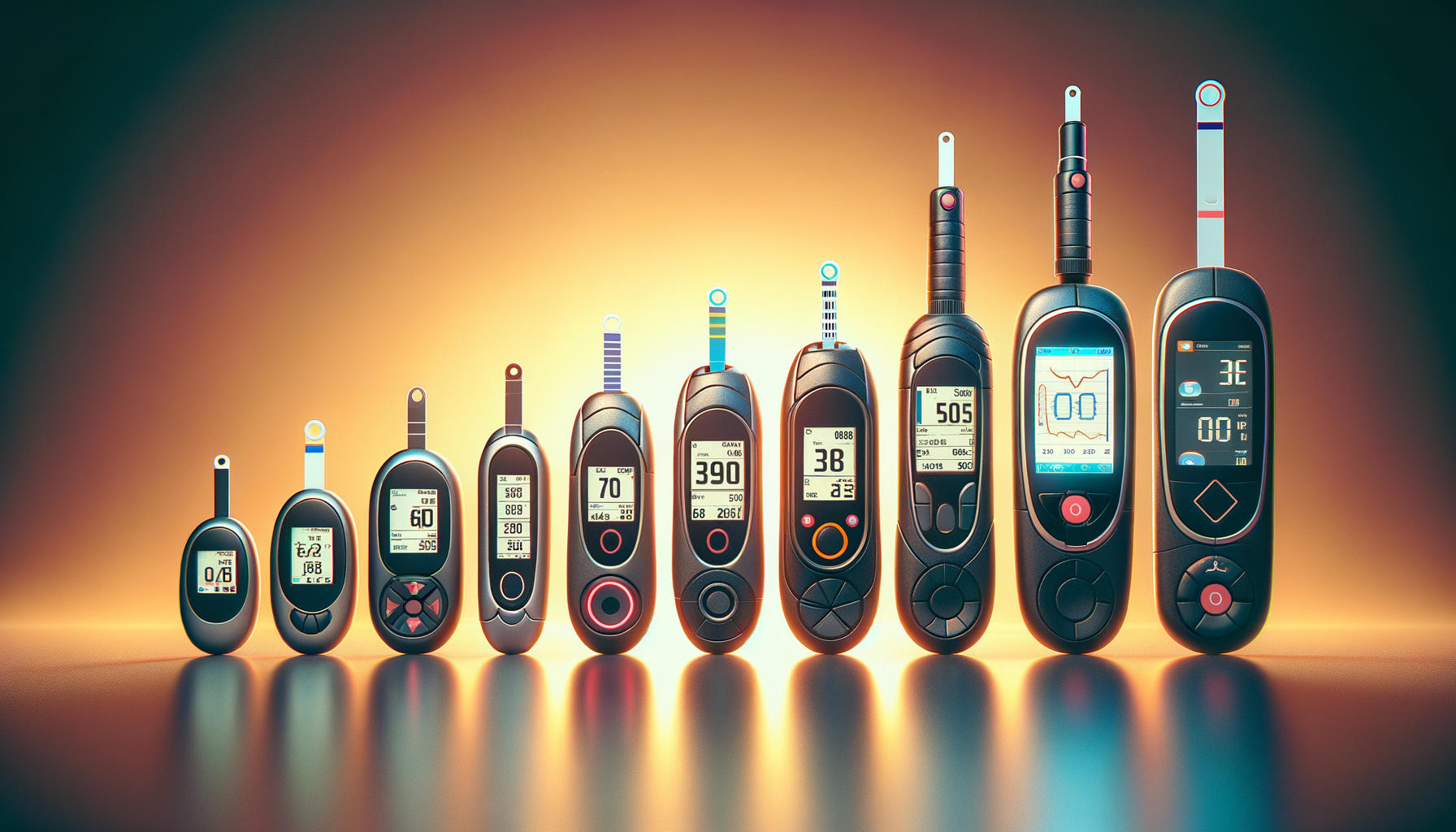The Early Days of Blood Sugar Monitoring
In the early days, blood sugar monitoring was a cumbersome and often painful process. Diabetics had to rely on urine tests to estimate glucose levels, a method that was not only imprecise but also lagged behind actual blood glucose levels by several hours. The introduction of the first blood glucose meters in the late 1970s marked a significant breakthrough. These devices, although bulky and slow by today’s standards, provided a more accurate and timely reading of blood glucose levels. Users had to prick their fingers to obtain a blood sample, which was then applied to a test strip inserted into the meter. Despite the discomfort and inconvenience, these early devices were a game-changer, allowing individuals to better manage their condition with real-time data.
The Advent of Digital Blood Glucose Meters
The 1980s and 1990s saw rapid advancements in blood glucose monitoring technology. Digital blood glucose meters became more compact, faster, and easier to use. The accuracy of these devices improved significantly, and they became an integral part of diabetes management. The introduction of memory storage in meters allowed users to track their glucose levels over time, providing valuable data for both patients and healthcare providers. This era also saw the development of the first lancet devices, which made the finger-pricking process less painful. By reducing the size of blood samples needed, these innovations not only enhanced user comfort but also encouraged more frequent testing, leading to better overall diabetes management.
Continuous Glucose Monitoring: A Revolutionary Step
Continuous Glucose Monitoring (CGM) systems represent a revolutionary advancement in blood sugar management. Unlike traditional meters, CGMs provide real-time glucose level readings throughout the day and night. These systems typically consist of a small sensor inserted under the skin, which measures glucose levels in interstitial fluid. The data is then transmitted to a display device, such as a smartphone or dedicated receiver. CGMs offer a comprehensive view of glucose trends, helping users understand how food, exercise, and medication affect their levels. This technology has been particularly beneficial in preventing hypoglycemic and hyperglycemic episodes, significantly improving the quality of life for individuals with diabetes.
The Rise of Non-Invasive Monitoring Technologies
In recent years, the focus has shifted towards developing non-invasive blood sugar monitoring technologies. These advancements aim to eliminate the need for finger pricks altogether, making glucose monitoring more convenient and less painful. Various approaches are being explored, including optical sensors, transdermal patches, and electromagnetic techniques. While some of these technologies are still in the experimental stage, others have already reached the market with promising results. Non-invasive devices are expected to enhance adherence to glucose monitoring routines and provide more comprehensive data, ultimately leading to better diabetes management and control.
The Future of Blood Sugar Monitoring
Looking ahead, the future of blood sugar monitoring is bright with potential. The integration of artificial intelligence and machine learning into monitoring devices is expected to provide even more personalized insights and recommendations for diabetes management. Additionally, the advent of smartwatches and other wearable technology is likely to further revolutionize the field, offering seamless integration with daily life. As technology continues to advance, we can anticipate a future where managing diabetes becomes increasingly effortless, with devices that not only monitor glucose levels but also predict trends and suggest interventions. These innovations hold the promise of transforming diabetes care, making it more proactive and personalized than ever before.




Leave a Reply